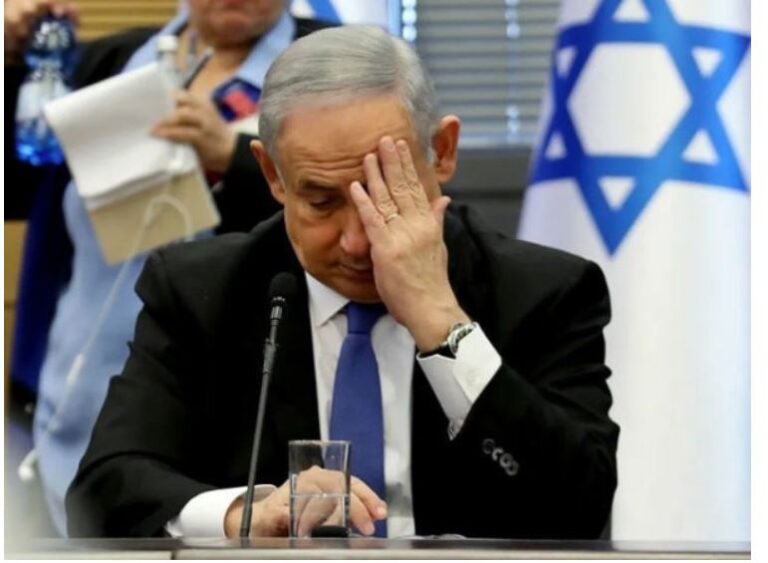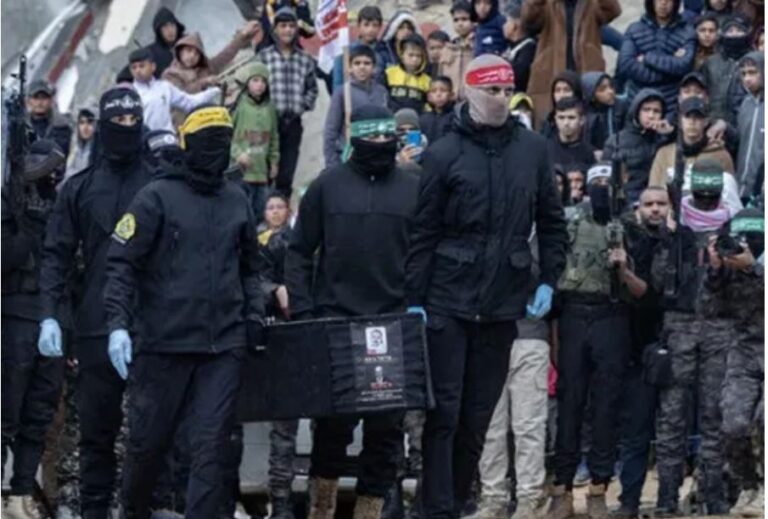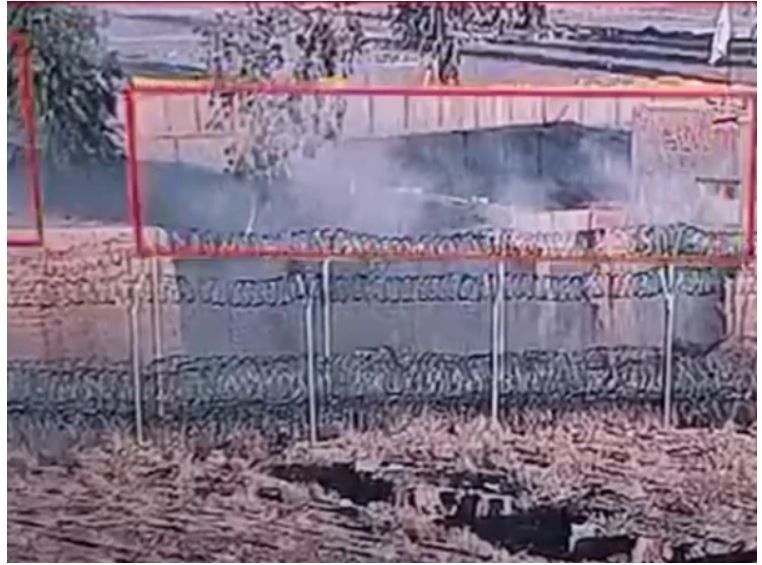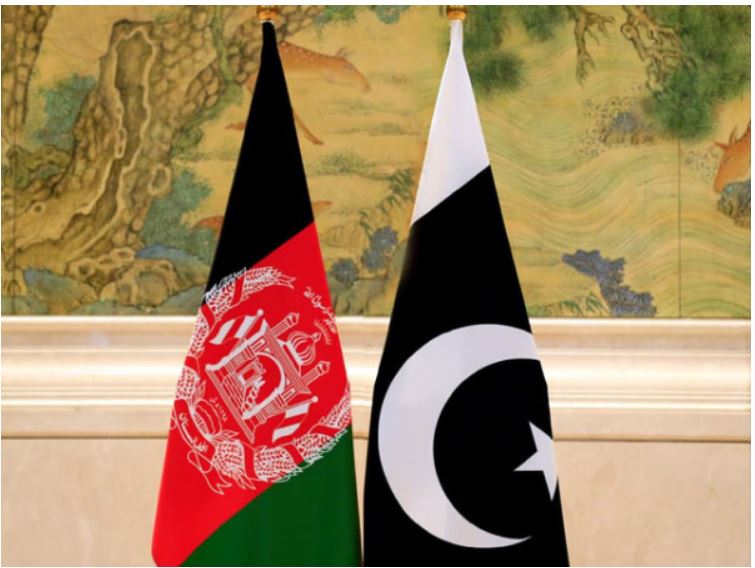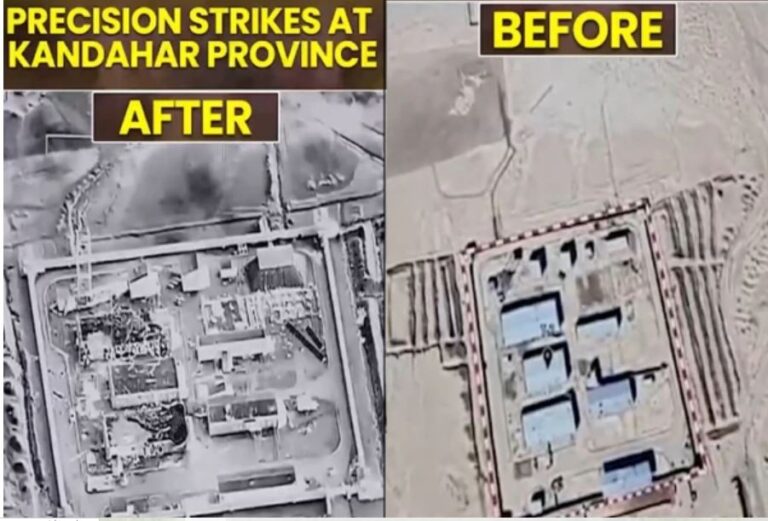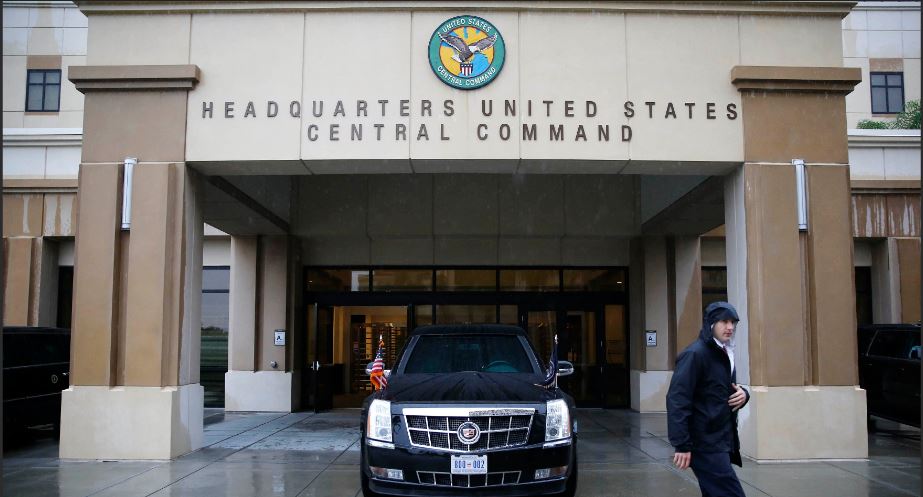
1. Al-Udeid Air Base: A Strategic Stronghold in Qatar
The Al-Udeid Air Base, located near Doha, Qatar, is the largest US military base in the Middle East. Established in the late 1990s and formally activated in cooperation with Qatar in 2002, it hosts around 8,000 US troops and functions as the headquarters for the US Central Command’s (CENTCOM) air operations across the Middle East. It is also shared with British forces, and sometimes referred to as Abu Nakhlah Airport.
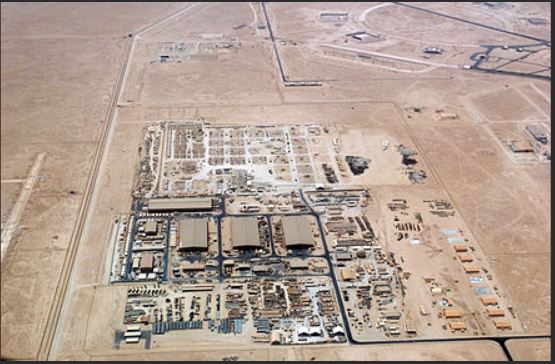
The base serves as a critical operational hub for:
Coordinating air campaigns in Iraq, Syria, and Afghanistan.
Hosting advanced military aircraft, including bombers and surveillance drones.
Providing logistical and command support for the US Navy and Air Force in the region.
In 2024, the US and Qatar renewed their agreement, extending American military presence by another 10 years, underlining the base’s enduring importance.

2. Iran’s Recent Attack and Strategic Messaging
After US-backed attacks on Iran’s nuclear infrastructure, Iran responded by launching ballistic missiles at Al-Udeid Air Base, marking a dangerous escalation. Iran’s state media described this as a “strong and victorious response”. Though no casualties were reported, the incident sent shockwaves across the region, with explosions heard in Doha.
Iran claimed the strike was not directed at Qatar as a nation, but solely at the US military presence. The Iranian Supreme National Security Council emphasized its desire to maintain friendly ties with Qatar while retaliating against US aggression.
Qatar, however, condemned the attack, stating it was a violation of sovereignty and international law, and affirmed its right to respond if needed. The incident underscores the vulnerability of host nations involved in US military arrangements and highlights the growing tensions between the US and Iran.

3. Broader US Military Presence in the Middle East
The United States has about 40,000 troops deployed across the Middle East. Its military infrastructure spans:
Qatar: Al-Udeid (largest)
Iraq: Ain al-Asad, Union III
Jordan: Tower 22 (bordering Iraq and Syria)
Bahrain: Headquarters of the US Navy’s Fifth Fleet
Saudi Arabia, Kuwait, UAE, Oman, Syria, Egypt, and Cyprus
These bases enable the US to:
Conduct rapid-response operations.
Train allied forces.
Monitor threats from Iran, ISIS, and other militant groups.
Maintain surveillance and strike capabilities across the region.
US aircraft carriers, such as the USS Abraham Lincoln and USS Harry S. Truman, patrol waters in the Mediterranean Sea, Red Sea, and Gulf of Oman, giving America naval dominance across strategic maritime routes.

4. Why Is the US Military So Deeply Embedded in the Region?
The strategic geography of the Middle East and its resource wealth have long made it a focus of American foreign policy. Key reasons for US deployment include:

Energy Security: Even though the US is now an energy exporter, it still sees control over Middle Eastern oil flows as crucial to maintaining global economic stability and geopolitical leverage, particularly over China and Europe.
Counterterrorism: Post-9/11, the US ramped up presence to combat groups like Al-Qaeda and ISIS, especially in Iraq and Syria, where it also trains local forces.
Containment of Iran: Iran’s growing influence and proxy network across Iraq, Syria, Lebanon, and Yemen is seen as a direct threat to US allies—especially Israel and Gulf states.
Securing Trade Routes: The region hosts vital maritime chokepoints like the Strait of Hormuz and Suez Canal, essential for global oil and trade shipments.
Great Power Competition: As Russia and China increase their influence in the region, the US views its military presence as a counterbalance.

5. The US-Israel Nexus: Protection and Political Immunity
One of the central reasons for the US military presence is its strategic alliance with Israel. Since Israel’s creation in 1948, the US has been its unwavering supporter—militarily, economically, and diplomatically.
Experts like Joseph Kane (Wilson Center) and Dr. Mohammad Shoaib (Quaid-i-Azam University) explain that:
The US helps Israel maintain regional dominance by deterring adversaries like Iran and Hezbollah.
Intelligence sharing and military coordination ensure Israel receives early warnings and operational backing.
US troops and naval fleets offer deterrence that Israel alone cannot guarantee due to its limited strategic depth.
America’s global clout also helps Israel escape consequences at international forums like the UN, shielding it from resolutions and sanctions.
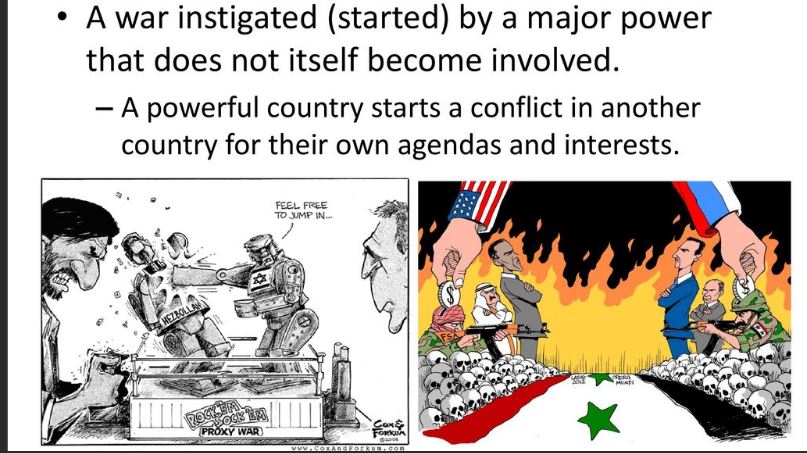
6. Implications: Power, Proxy, and International Law
The US plays a proxy role in many regional conflicts, including the wars in Iraq and Syria. While Washington avoids direct large-scale wars now, its military footprint ensures it can influence outcomes without full-scale engagement.
As noted by Taqi Naseerat, the US’s vast influence allows it to shield Israel from international law. Despite increasing competition from China and Russia, the US remains the dominant global actor in the Middle East, enabling Israel to pursue its ethnic-nationalist agenda with little fear of international accountability.
Conclusion
The presence of the US military in the Middle East—especially through key installations like Al-Udeid Air Base in Qatar—serves a broad range of strategic goals: safeguarding American and allied interests, maintaining regional dominance, countering Iran, and, crucially, protecting Israel.
Recent missile attacks from Iran underline how this military presence can quickly become a flashpoint. Yet, it also reveals the complexity of modern warfare, where military power, diplomacy, and international alliances intersect—often with one overriding constant: the strategic partnership between the United States and Israel.

